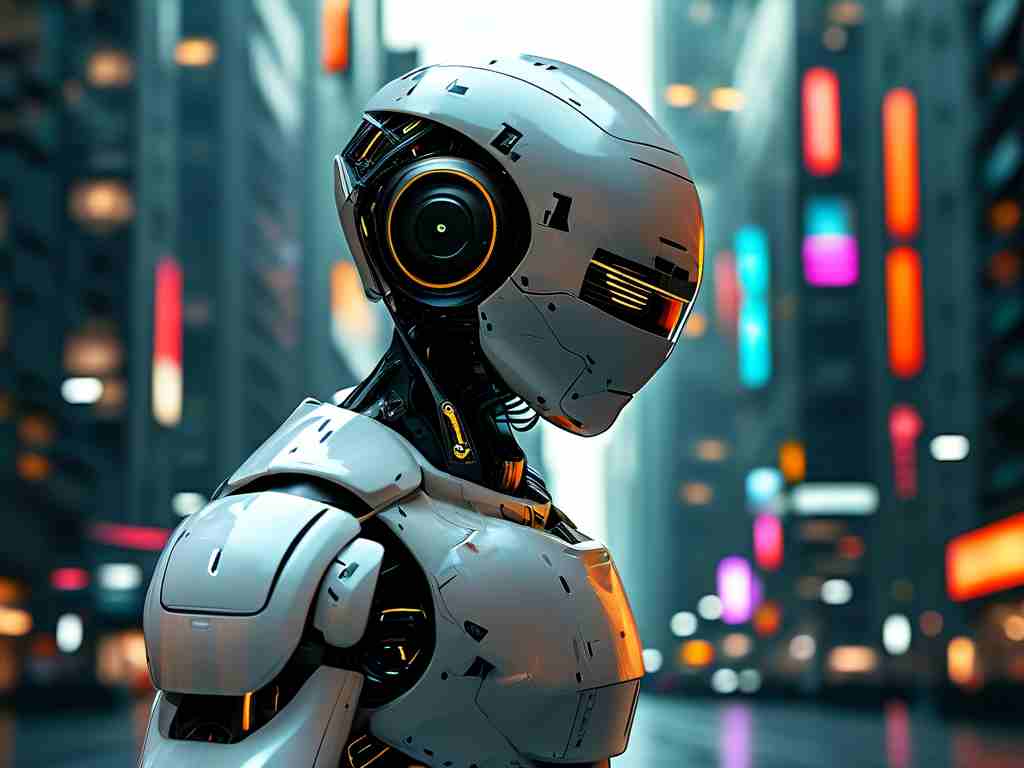The convergence of information technology (IT) and quantum mechanics represents one of the most transformative scientific intersections of the 21st century. As digital systems approach physical limitations, researchers are increasingly turning to quantum principles to redefine computation, communication, and data security. This article explores how these disciplines intertwine, their collaborative potential, and the challenges shaping this emerging field.

The Evolution of Information Technology
Modern IT systems rely on classical computing architectures rooted in binary logic. For decades, Moore's Law drove exponential growth in processing power, but silicon-based chips now face fundamental barriers. Heat dissipation, energy inefficiency, and quantum tunneling effects at nanoscale dimensions have forced engineers to seek alternatives. Meanwhile, the explosion of big data and artificial intelligence demands computational capabilities beyond traditional systems.
Quantum Mechanics: From Theory to Application
Quantum mechanics, once confined to theoretical physics, has emerged as a practical toolkit for solving real-world problems. Concepts like superposition and entanglement—long considered abstract phenomena—now underpin revolutionary technologies. Quantum computing leverages qubits that exist in multiple states simultaneously, enabling parallel processing at unprecedented scales. Quantum cryptography uses photon polarization to create theoretically unhackable communication channels. These advancements are no longer laboratory curiosities; companies like IBM and Google have deployed functional quantum processors for specialized tasks.
Synergy Between Disciplines
The fusion of IT and quantum mechanics manifests in three key areas:
-
Quantum Computing Architectures
Traditional programming paradigms are being reimagined for quantum environments. Hybrid algorithms combine classical machine learning with quantum optimization, as seen in drug discovery simulations. A 2023 MIT study demonstrated how quantum-assisted neural networks reduced training time for complex climate models by 40%. -
Secure Communication Networks
Quantum key distribution (QKD) systems now integrate with existing fiber-optic infrastructure. China's Micius satellite, which completed the first quantum-encrypted intercontinental call in 2022, exemplifies this synergy. IT professionals must understand quantum protocols to implement these systems effectively. -
Quantum Sensor Technology
Ultra-precise quantum sensors enhance IT infrastructure monitoring. For instance, superconducting quantum interference devices (SQUIDs) detect microscopic magnetic fluctuations in data centers, enabling predictive maintenance before hardware failures occur.
Educational Paradigm Shift
Universities worldwide are launching interdisciplinary programs blending computer science with quantum physics. Students in these programs gain unique skill sets:
- Programming quantum circuits using Qiskit or Cirq frameworks
- Applying quantum error correction codes
- Optimizing classical-quantum hybrid systems
Arizona State University recently introduced a dual-degree program where graduates earn credentials in both quantum engineering and data science.
Industry Adoption Challenges
Despite progress, significant hurdles remain. Quantum systems require near-absolute-zero temperatures, making them impractical for widespread deployment. "Decoherence"—the loss of quantum state integrity—limits computation durations. IT teams must also address workforce gaps; a 2024 LinkedIn report identified quantum literacy as the fastest-growing skill demand in tech sectors.
Ethical Considerations
The power of quantum computing raises cybersecurity concerns. Shor's algorithm could break RSA encryption within minutes on a sufficiently powerful quantum machine. This urgency drives post-quantum cryptography standardization efforts, with NIST announcing four quantum-resistant algorithms for implementation by 2025.
Future Outlook
The next decade will likely see quantum advantages becoming commercially viable. Cloud-based quantum services, like Amazon Braket, already allow enterprises to experiment without physical hardware. As error rates decrease and qubit counts grow, industries from finance to logistics will adopt quantum-enhanced solutions.
In , the marriage of information technology and quantum mechanics isn't merely academic—it's reshaping technological boundaries. Professionals who master this intersection will lead the next wave of innovation, turning quantum weirdness into tangible breakthroughs. Universities and corporations must prioritize collaborative research and education to fully harness this paradigm-shifting synergy.









